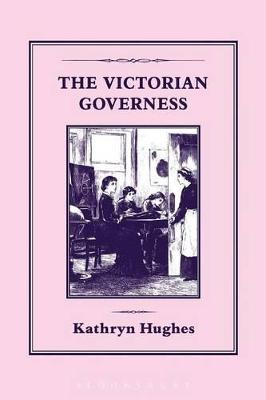
The figure of the governess is very familiar from 19th-century literature. Much less is known about the governess in reality. This work explores what the life of the home schoolroom was actually like. Drawing on original diaries and a variety of sources, the author describes why the period 1840-80 was the classic age of the governess. She examines their numbers, recruitment, teaching methods, social position and prospects. The governess provides a key to the central Victorian concept of the lady. Her education consisted of a series of accomplishments designed to attract a husband able to keep her in the style to which she had become accustomed from birth. Becoming a governess was the only acceptable way of earning money open to a lady whose family could not support her in leisure. Being paid to educate another woman's children set in play a series of social and emotional tensions. The governess was a surrogate mother, who was herself childless, a young woman whose marriage prospects were restricted, and a family member who was sometimes mistaken for a servant.
| ISBN: | 9781852853259 |
| Publication date: | 1st September 2001 |
| Author: | Kathryn Hughes |
| Publisher: | Hambledon Continuum an imprint of Bloomsbury Publishing PLC |
| Format: | Paperback |
| Pagination: | 278 pages |
| Genres: |
Gender studies: women and girls Teaching skills and techniques European history Social and cultural history |